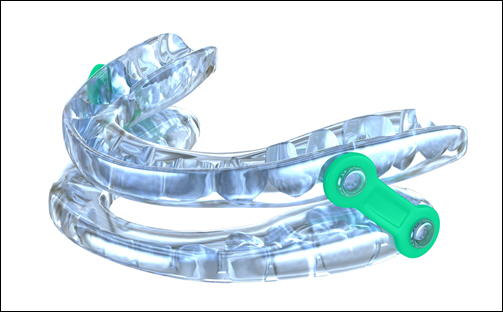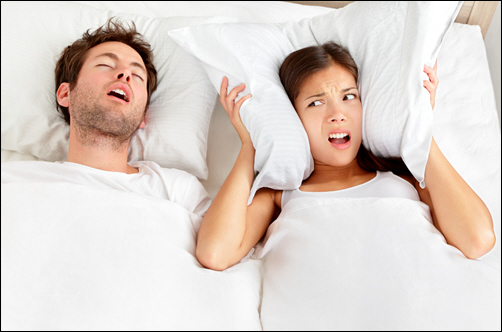Sleep apnea is a common sleep disorder where breathing repeatedly stops and starts during sleep. This interruption deprives the body of oxygen and disrupts restful sleep, leading to daytime fatigue, headaches, and even serious health issues like high blood pressure and heart disease. While CPAP machines are a well-known treatment, many people find relief through dental treatments specifically designed to correct the condition. These treatments offer effective, comfortable options that address the root cause of obstructive sleep apnea (OSA) and improve quality of life.
Understanding How Corrective Dental Treatments Work
Obstructive sleep apnea occurs when the muscles in the back of the throat relax too much, causing the airway to narrow or close during sleep. Dental treatments focus on keeping the airway open by adjusting the position of the jaw or tongue, preventing blockage and allowing for smooth, uninterrupted breathing.
The two main dental treatments are oral appliance therapy and tongue-retaining devices. These options offer a less invasive, more portable alternative to CPAP machines, which can be bulky and uncomfortable for some patients.
 Oral Appliance Therapy (OAT)
Oral Appliance Therapy (OAT)
Oral appliance therapy (OAT) involves wearing a custom-made device similar to a sports mouthguard that positions the lower jaw slightly forward during sleep. By moving the jaw forward, the appliance keeps the airway open, preventing the tongue and soft tissues from collapsing and blocking airflow. OAT is effective for mild to moderate cases of obstructive sleep apnea and offers a non-invasive alternative to surgery or CPAP machines.
Custom-fit by a dentist, the appliance is comfortable and tailored to each patient’s bite and oral structure. Patients find it easy to use and appreciate its convenience, especially when traveling. Many report a noticeable reduction in snoring, improved sleep quality, and fewer apnea episodes.
Tongue-Retaining Devices
A tongue-retaining device is another dental treatment that works by holding the tongue in a forward position. This device has a small compartment that creates suction around the tongue, preventing it from falling back and obstructing the airway. Tongue-retaining devices are effective for individuals whose condition is primarily caused by the tongue blocking the airway.
This treatment offers a comfortable option for patients who may not be good candidates for jaw-positioning appliances. Like OAT, tongue-retaining devices are small, portable, and easy to use, providing patients with an effective way to manage sleep apnea without CPAP.
Benefits of Dental Treatments
Dental treatments for sleep apnea are typically easier to use and maintain than CPAP machines, and they allow patients more freedom, especially during travel. Oral appliances are quiet, comfortable, and don’t require electricity, making them a practical solution for consistent treatment. Additionally, these devices are custom-made by a dentist, ensuring a precise fit that minimizes discomfort and maximizes effectiveness.
Consulting with Your Dentist About Treatment
If you suspect you have sleep apnea, or if you’ve struggled to use a CPAP machine consistently, talk to us about dental treatments. Your dentist can conduct a sleep study or work with a sleep specialist to confirm a diagnosis. Once your dentist determines the cause and severity of your sleep apnea, they can recommend the most effective dental appliance to correct it.
Sleep apnea is more than just snoring; it’s a serious condition that affects your health and well-being. With dental treatments, you can manage sleep apnea comfortably and effectively, improving your sleep quality and overall health. Explore these options with your dentist to find a solution that fits your lifestyle and provides the restful sleep you need.

